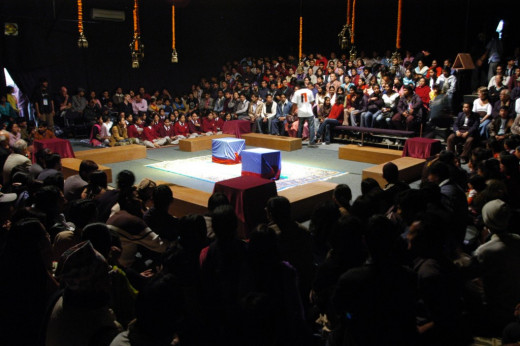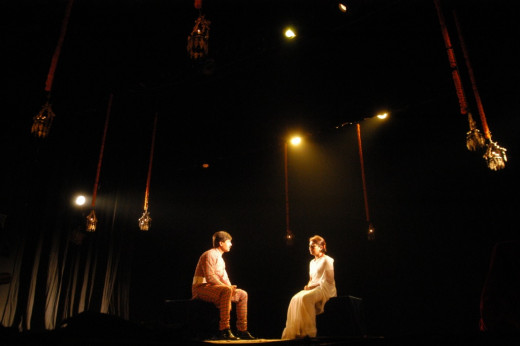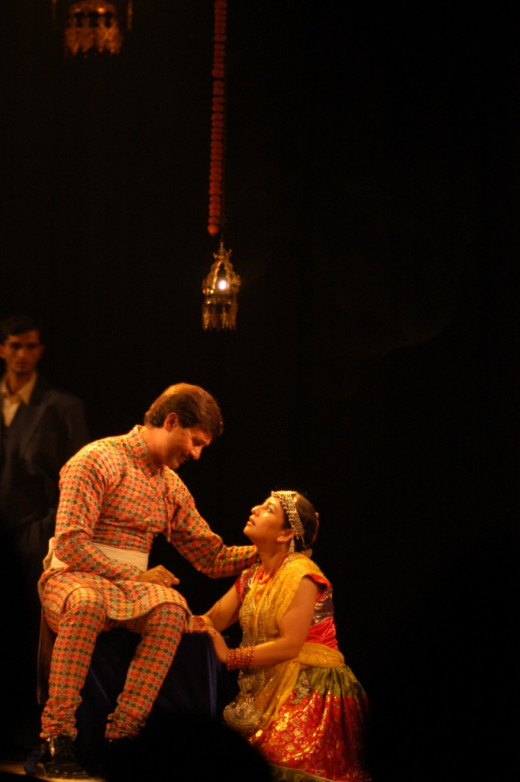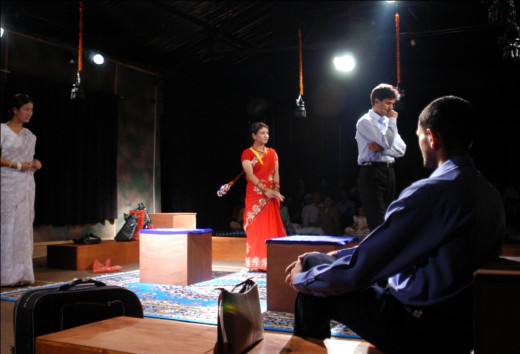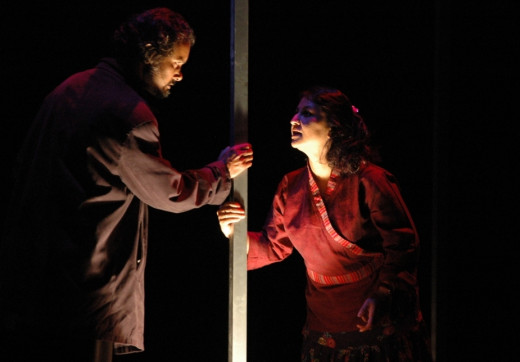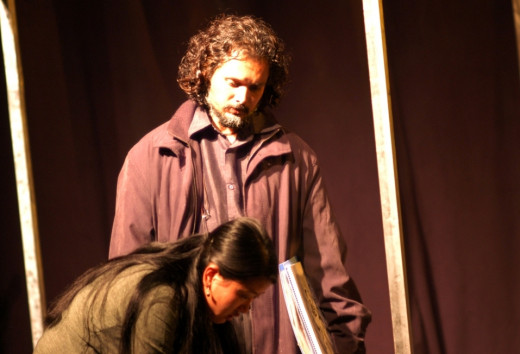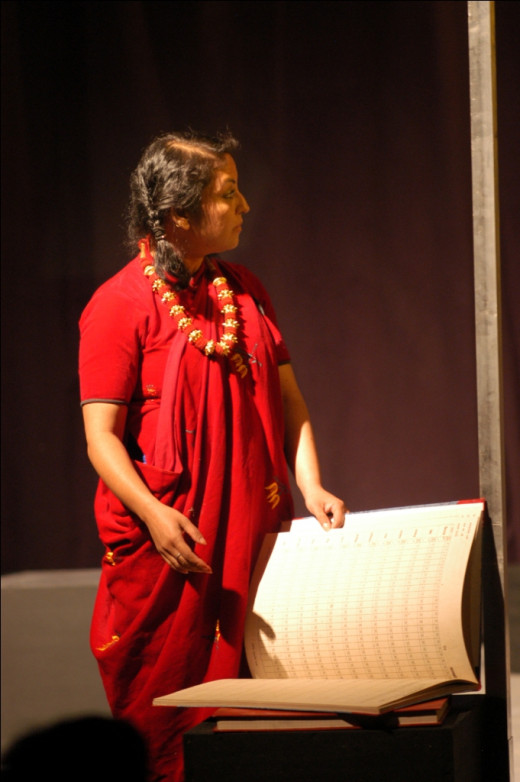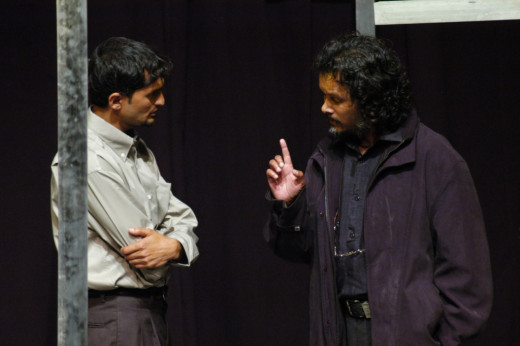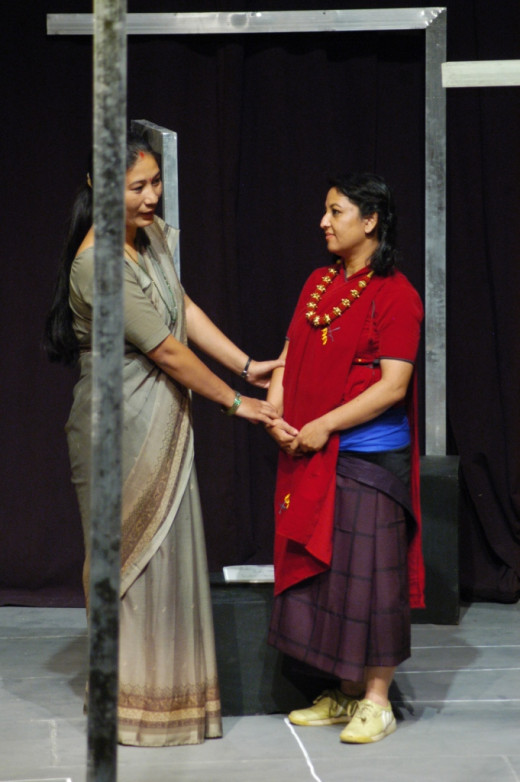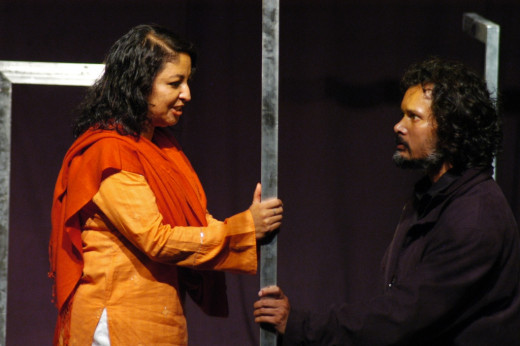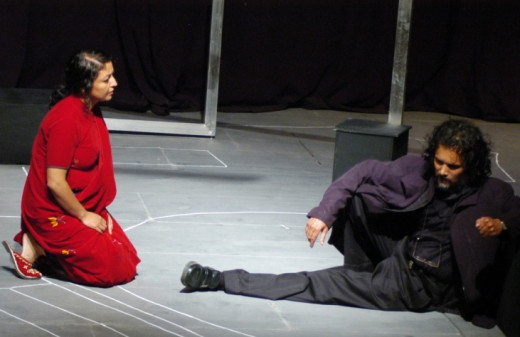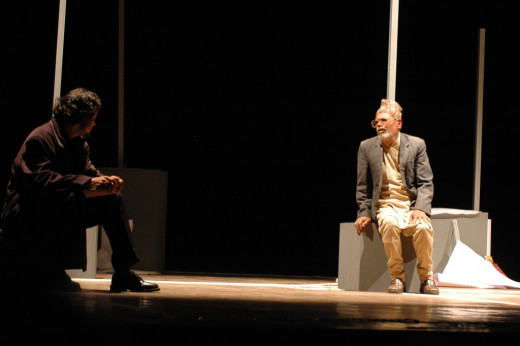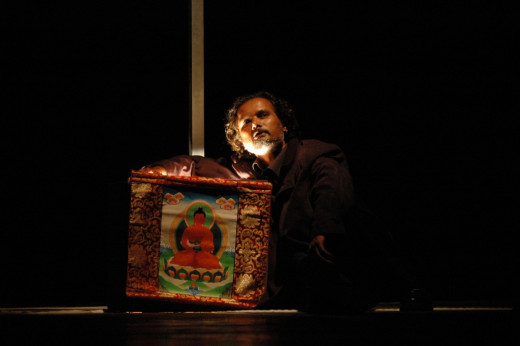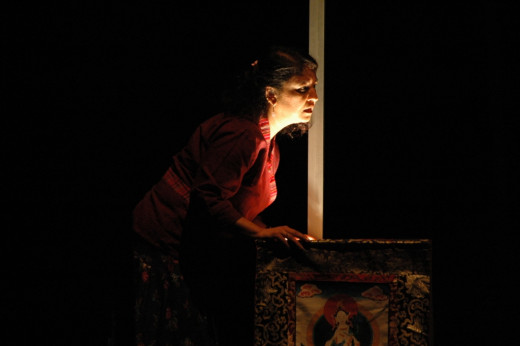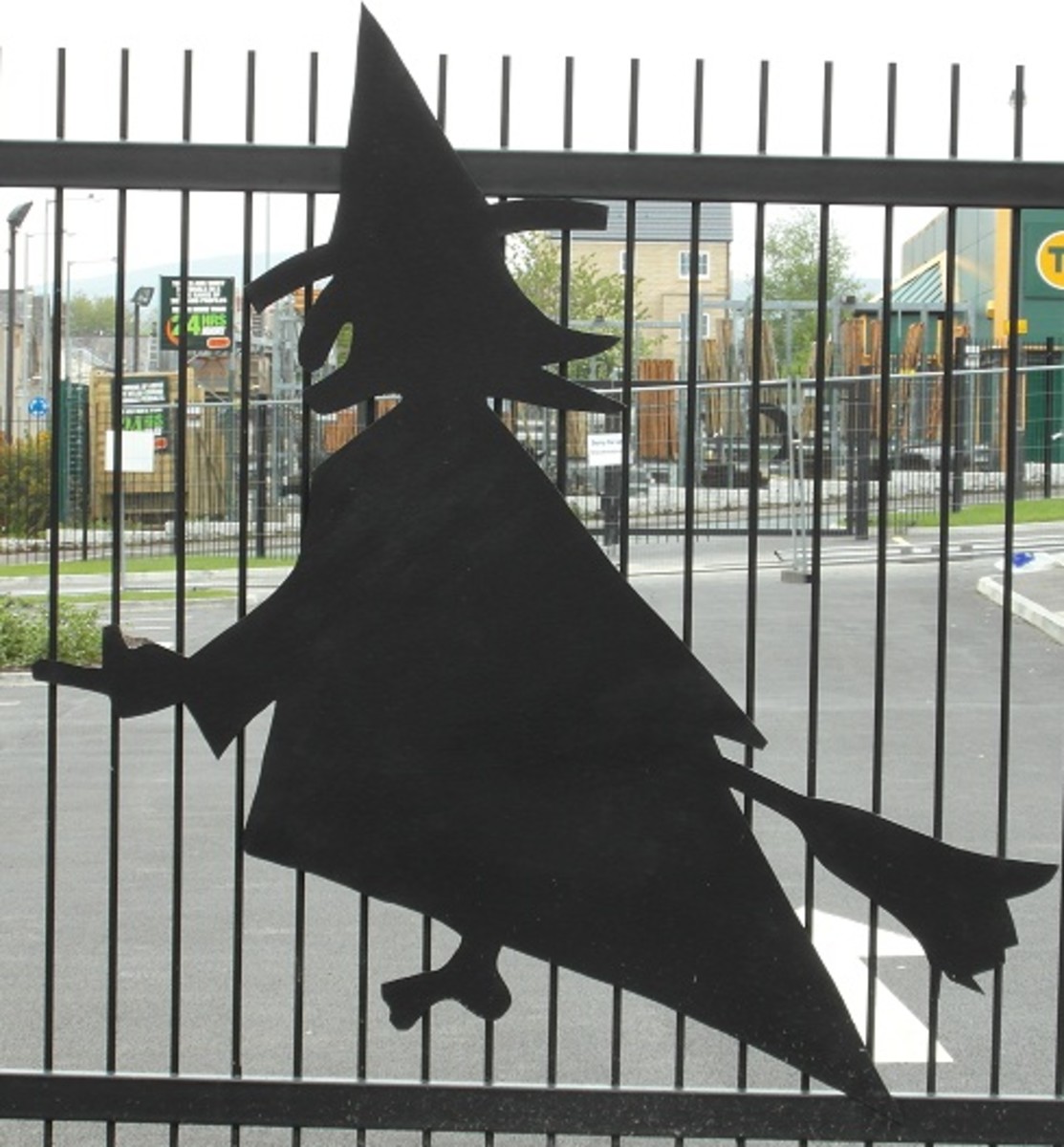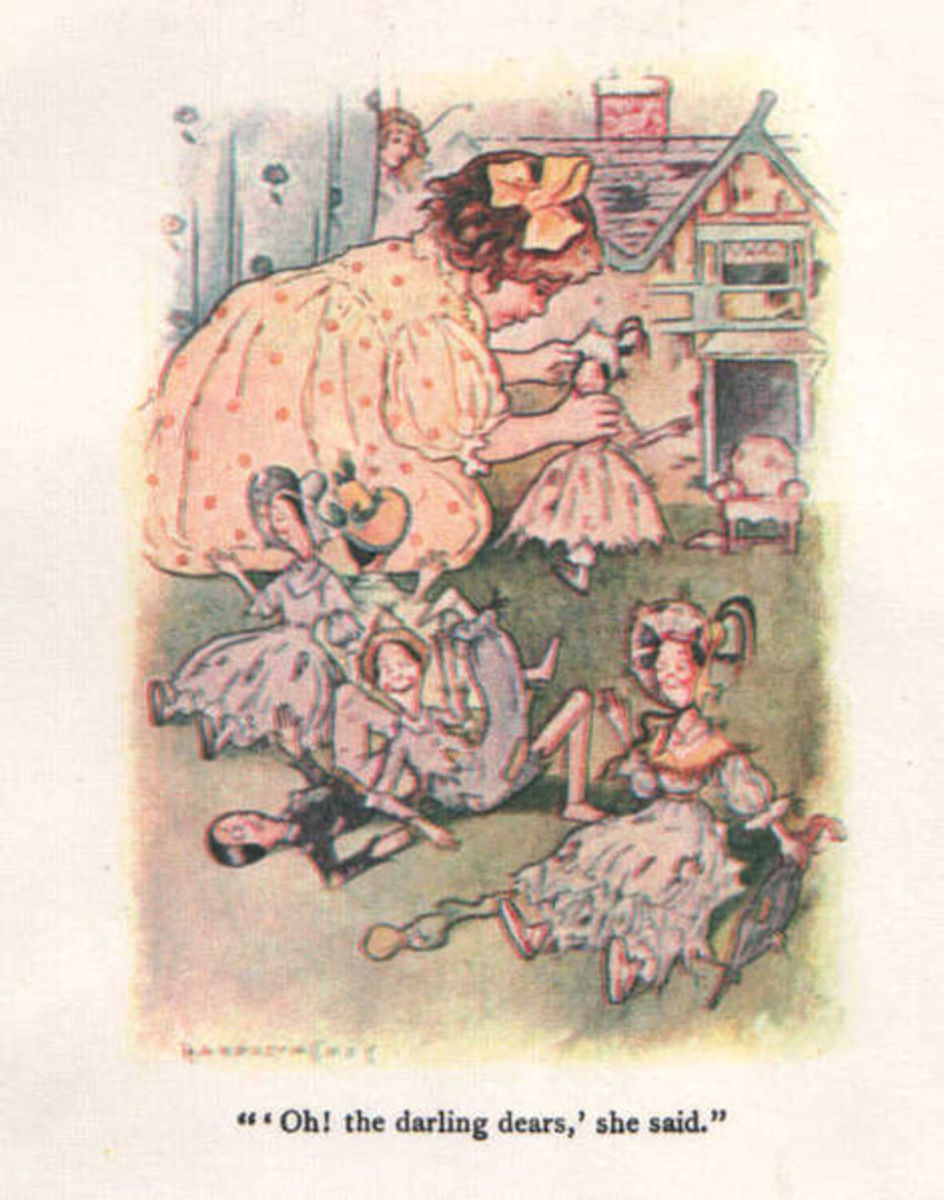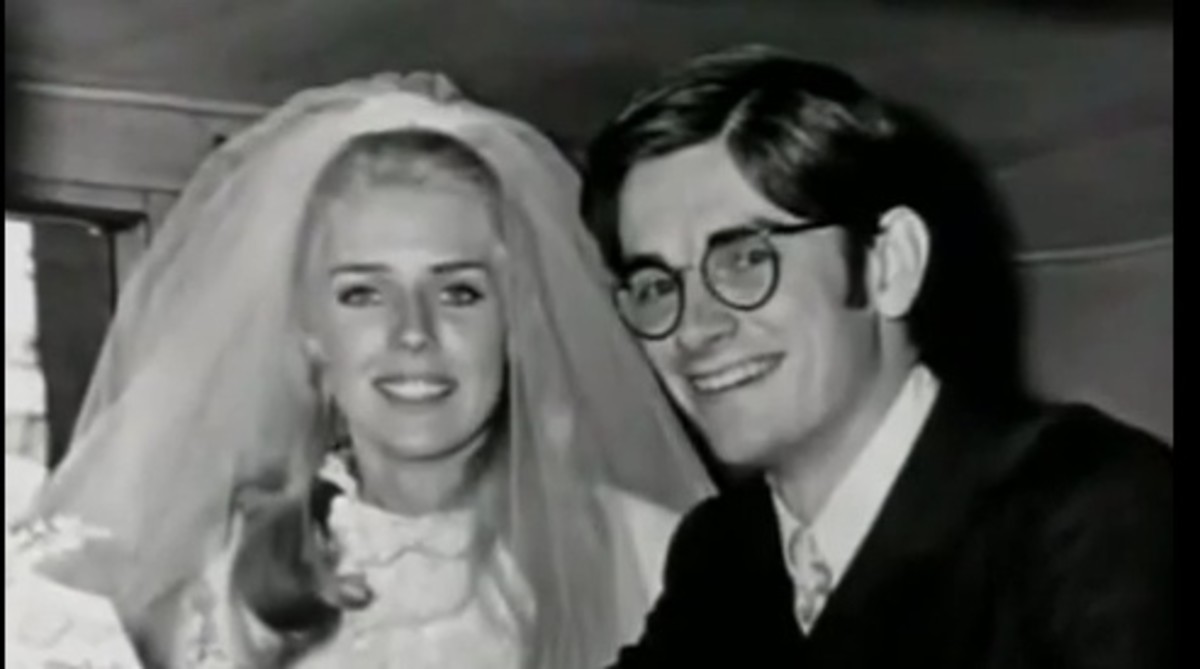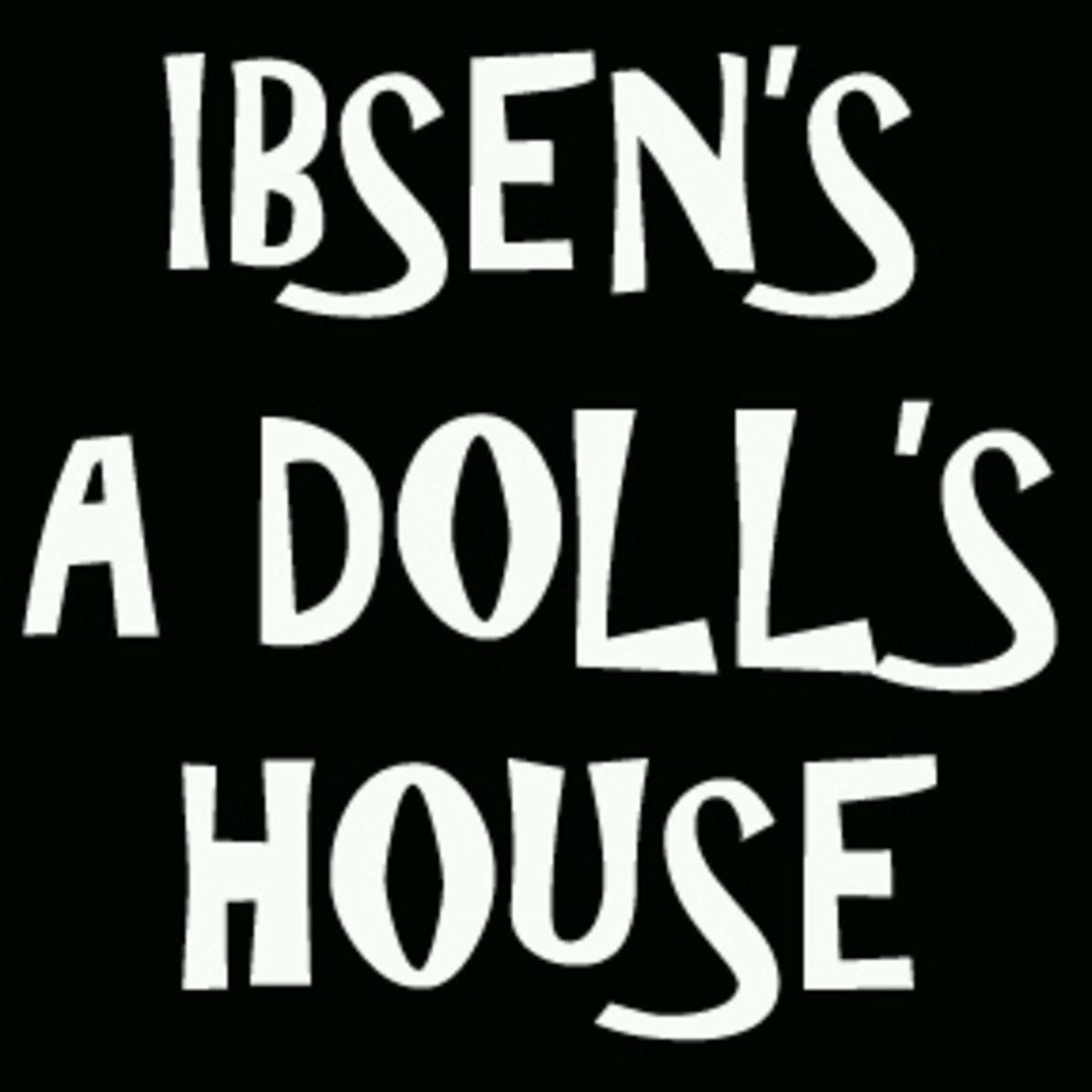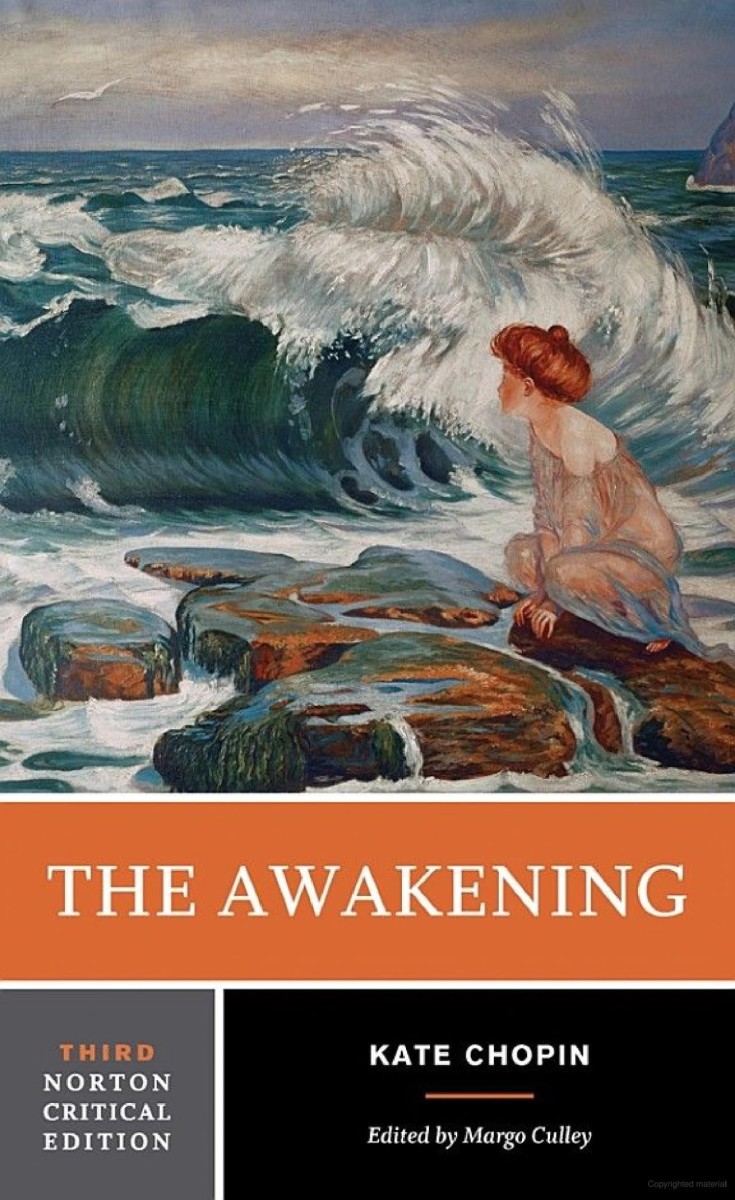A Doll's House by Henrik Ibsen


![Henrik Ibsen By Henrik Olrik (1830-1890) [Public domain], via Wikimedia Commons Henrik Ibsen By Henrik Olrik (1830-1890) [Public domain], via Wikimedia Commons](https://usercontent2.hubstatic.com/7171257.jpg)
Henrik Ibsen
Norwegian playwright and poet Henrik Ibsen (1828 - 1906) is one of the greatest names in world literature. He is considered the father of modern drama, his contribution to world drama is immense.
Ibsen broke the social barriers and wrote tragedies based on middle-class people. Actually he was the first playwright to find success by writing tragedies about common characters. Before Ibsen, tragedies were all about kings, queens and high class people. His deep understanding of human character and human relationship is wonderful. His plays are highly regarded and still staged in all parts of the world. Probably, after Shakespeare, he is the most frequently performed dramatist.
Henrik Ibsen wrote 26 plays and published one poetry collection. His plays are called social plays. He was a proponent of women emancipation. His plays created social debates. His plays do not have artificial plots and complex characters, he wrote about everyday life of his time, which also have social relevancy in our time. James Joyce described Ibsen as the greatest genius of modern times. James Joyce and Thomas Mann studied Norwegian in order to read Ibsen’s plays in the original language.
When Henrik Ibsen was 70, he received gifts from English admirers including George Bernard Shaw, Thomas Hardy, J. M. Barrie, Gilbert Murray and H.H. Asquith (the future prime minister of England). The Kings of Sweden and Denmark presented him medals.
Ibsen was 78 years old when he died.


Henrik Ibsen’s Seminal Works
The Pillars of Society (1877)
A Doll’s House (1879)
Ghosts (1881)
An Enemy of the People (1882)
The Wild Duck (1884)
Rosmersholm (1886)
The Lady from the Sea (1888)
Hedda Gabler (1890)
The Master Builder (1892)
Little Eyolf (1894)
John Gabriel Borkman (1896)
When We Dead Awaken (1899)
A Doll’s House
A story of a wife who left her husband
A Doll’s House tells a story of Nora and her husband Helmer, and the circumstances leading to Nora’s leaving her husband and children to discover her true self.
Nora and Helmer have been married for nine years, and she has a secret which she had not shared with her husband. She had borrowed money from Krogstad, a clerk in a local bank by forging her father’s signature when Helmer was seriously ill. Now Krogstad, who is losing his job, threatens Nora to influence her husband and save Krogstad’s job.
Nora believes that on knowing her secret Helmer will take the blame himself and rescue her. Contrarily, Helmer, after knowing her secret, scolds her for her crime of forging signature.
Later Krogstad withdraws his threat, but Nora discovers the true character of her husband. All her life she had just been a doll, a plaything for her husband. Upon discovering the truth of her relationship, Nora abandons her husband and children.
Social impact of A Doll’s House
The play created a great sensation when it was first produced in Copenhagen in 1879. Nora’s action of leaving her husband and children started heated discussions.
Today in the Western world, a woman leaving children and husband is not unknown thing, but in the time when A Doll’s House was produced, people could not imagine such thing to occur. The audiences were accustomed to the happy endings, what were known as ‘well-made plays,’ and could not accept the fact that a woman could abandon her husband and children.
One distinguished actress of the time refused to play the role of Nora, and Ibsen was forced to rewrite the ending where Nora stays with her husband and children. However, the ending was restored in the later performances.
Henrik Ibsen called A Doll’s House a modern tragedy. Before A Doll’s House, no play had been widely discussed by the people outside the theatre world. Marriage was no more a divine institution, divorce became accepted amongst incompatible partners.
According to Ibsen, “the play was intended to show an individual’s liberation from the shackles and restrains of society.”
A Doll’s House shows a woman’s emancipation from the propriety rights which a husband claims to have over his wife.

A Doll’s House
Click thumbnail to view full-size









A Doll’s House in Nepal
A Doll’s House was first staged in Nepal, in 2003, by Aarohan Theatre Group, with the title Putaliko Ghar (in Nepali). It was translated, designed and directed by Sunil Pokharel. The Nepali version of A Doll’s has been performed numerous times in Europe and Asia. It was chosen to participate in Ibsen Theatre Festival 2004, in Norway. Different versions of A Doll’s House were staged in Norway and Ibsen’s grandson opined "Among all these A Doll's House, I liked Nepali performance the best."
A Doll’s House is one of the few successful theatre productions in Nepal, it has been performed more than 150 times. Many Nepali women have burst into tears while watching the play, men felt very uncomfortable during the last scene, while Nora left her husband and children. When A Doll’s House was being staged in Nepal, Nepali Nora and the director of the play had nearly reached a decision to end their thirteen years long marriage. A Doll’s House made them understand life a little better.

The Master Builder
The tragic death of a great architect
The Master Builder was written and published in 1882, and performed first time in 1893, in Berlin. Itis a play about two people Halvard Solness and Hilde Wangel. Halvard Solness is a self made architect entangled in a loveless and childless marriage. Hilde Wangel, a young girl comes to see the great architect and offers herself. Ten years ago Halvard had build a spire in Hilde’s town and climbed with her. All these years Hilde remembers Halvard, who has recently completed a house with a tall spire. Hilde’s asks Halvard to take her to the top. When they are on the top, Hilde hops and cries. Old Halvards loses his balance and falls, and eventually dies. Hilde is rapturously happy.
The Master Builder puzzled many critics, but received wonderful reception from the press and the public. It is a psychological play embedded with profound symbolism. Halvard and Hilde’s relationship was based on Henrik Ibsen and Emilie Bardach. Ibsen was 61 when he fell in love with Emilie, a 16 years old girl. Hilde’s portrayal is a monstrous caricature of Emilie. Halvard is the nearest self portrayal Ibsen has ever done.
The Master Builder has been performed in Nepal numerous times with a title Mahan Shilpee by Aarohan Theatre Group. The play was translated in Nepali byJeebesh Rayamajhi and Bal Bahadur Thapa, and designed and directed by Sunil Pokharel.

The Master Builder
Click thumbnail to view full-size










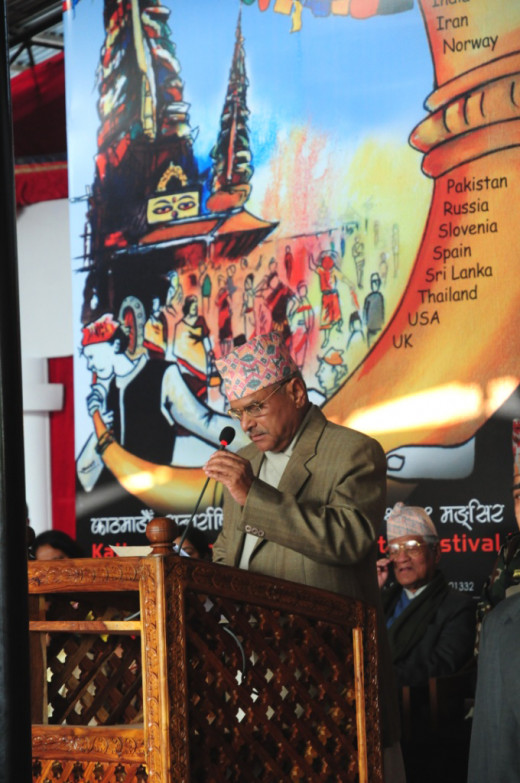
The production stills, photographed by Dipendra Bajracharya – courtesy of Aarohan Theatre Group – are from A Doll’s House and The Master Builder. Aarohan Theatre Group is highly regarded theatre company in Nepal. It has performed in many countries in Asia and Europe. Aarohan Theatre Group also operates Gurukul: A School of Theatre. Currently, Aarohan-Gurukul is working for the third installment of Kathmandu International Theatre Festival.
To participate in Kathmandu International Theatre Festival, 2012 contact:
Jeebesh Rayamajhi
Kathmandu International Theatre Festival Coordinator
G.P.O. Box: 12819
Kathmandu, Nepal.
Email: gurukul@wlink.com.np



